The rare moments when cages fail remind us that the ocean always has the upper hand.
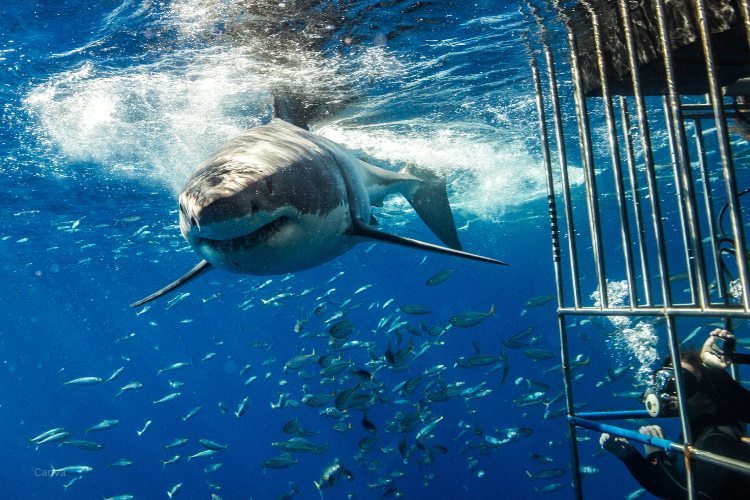
Cage diving is supposed to keep the wild on one side of the bars and humans safely on the other. For the most part, that promise holds. But when it doesn’t, the results are the kinds of stories divers replay for the rest of their lives. The steel bends, the water erupts, and for a few seconds, it feels like the ocean has broken through.
These incidents are rare but real, captured on camera or reported by stunned survivors. They don’t just shake the divers inside those cages, they force the industry and communities to rethink safety and confront the limits of control in an environment where sharks call the shots.
1. A great white crashed straight through steel in Mexico.
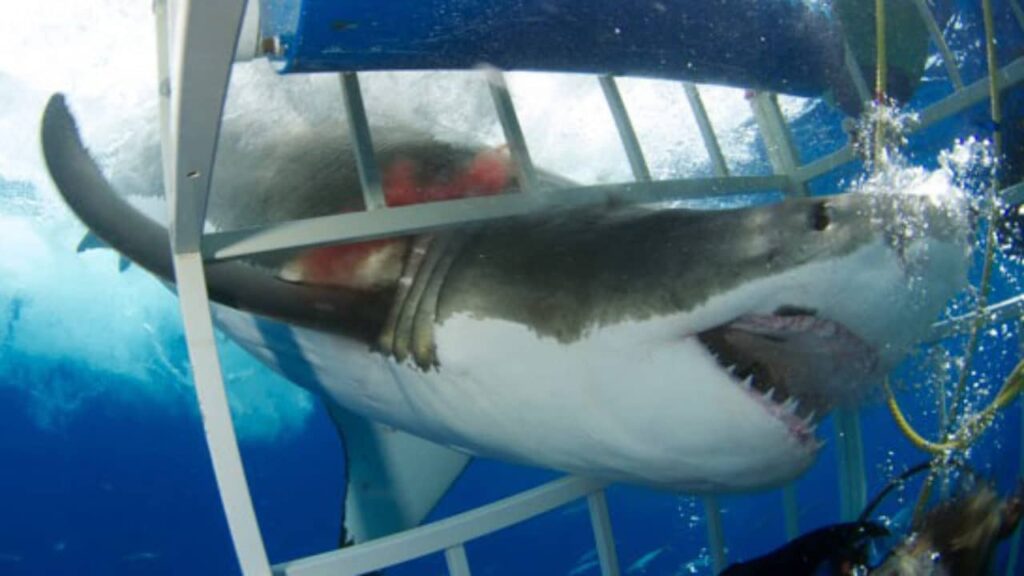
Off Guadalupe Island in 2016, a diver named Ming Chan found himself in a nightmare when a massive great white lunged after bait and tore right into his cage. According to National Geographic and other reports, the shark’s momentum carried it between the bars, thrashing violently in the confined space. Chan escaped through the top hatch as the cage bent under pressure. He survived without a scratch, but the footage went viral as proof that even thick steel has weak points.
What made the scene unforgettable wasn’t just the shark but the silence afterward. The diver surfaced shaken, the shark eventually freed itself, and the cage was left mangled. In the aftermath, Guadalupe’s reputation as a predictable cage-diving site shifted forever.
2. A clear plastic cage shattered under a shark’s weight.
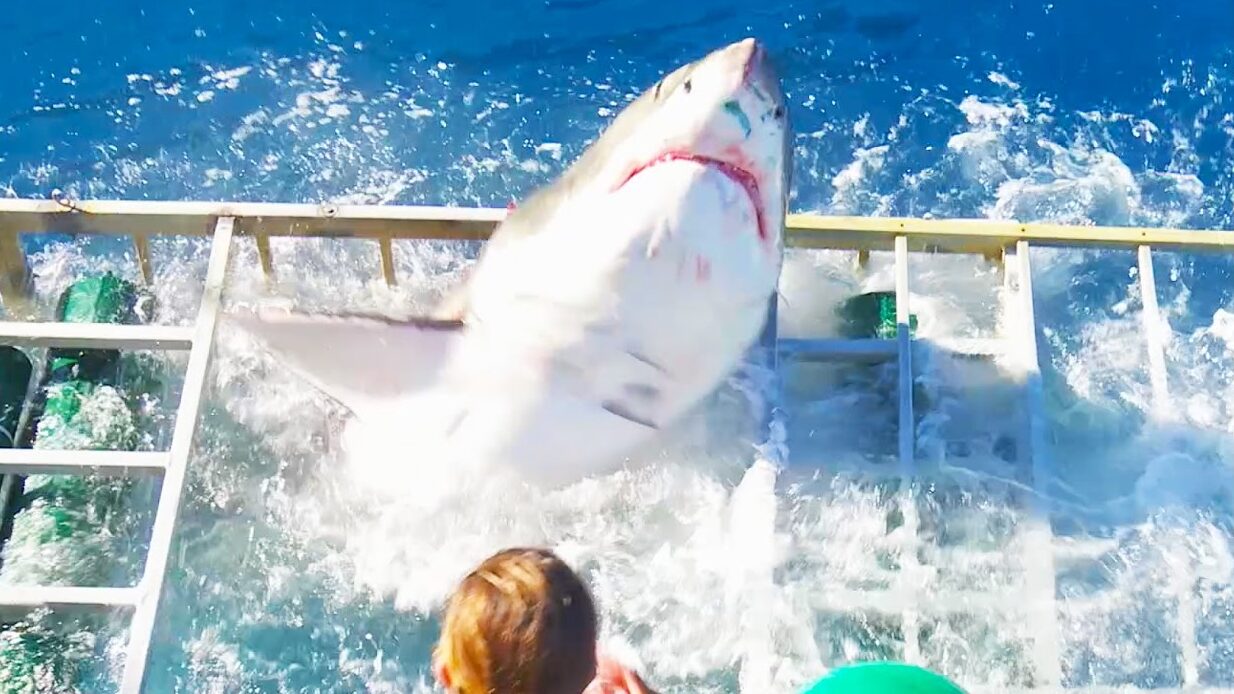
During the filming of a documentary, British diver Jimi Partington entered a transparent polycarbonate cage meant to showcase sharks in a new way. A five-meter great white smashed into the box, splintering it instantly and forcing Partington to scramble upward. He wasn’t bitten, but the terrifying sequence left him with deep psychological scars. He later revealed he developed PTSD, as reported by News.com.au.
The incident sparked a storm of criticism over experimental cage materials. Divers and researchers alike questioned why anyone would abandon steel for plastic in shark territory. The industry quickly backed away from such designs, recognizing that spectacle should never outweigh basic survival.
3. A thrashing shark tore apart a cage in 2007.
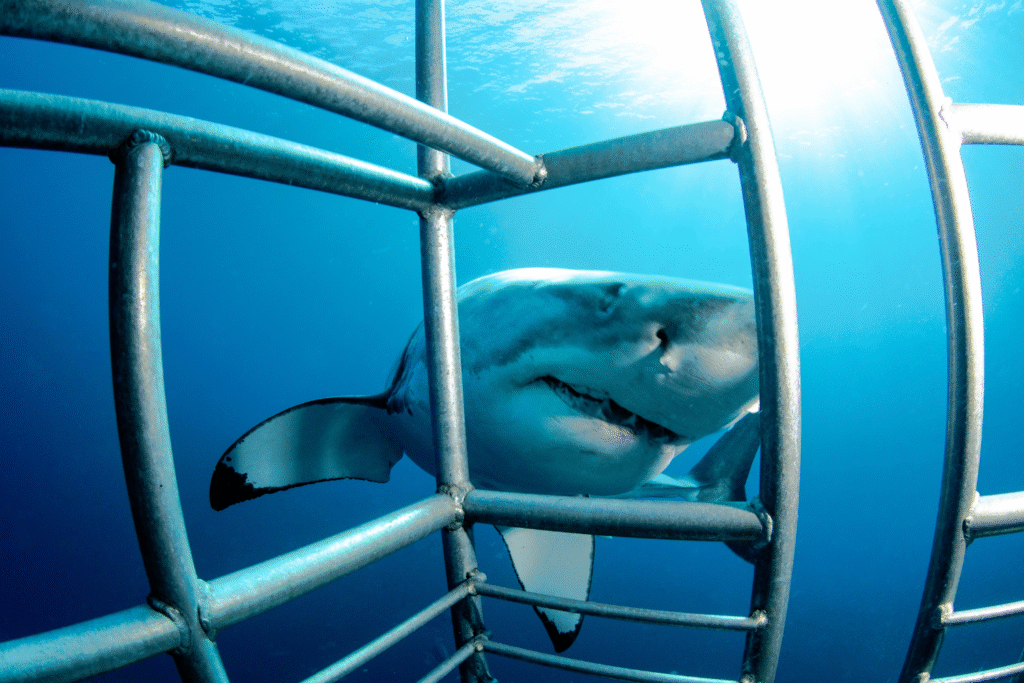
Not all breaches ended with an escape. Back in 2007, a 15-foot great white became tangled in a commercial cage at Guadalupe and ripped it apart while struggling to free itself. As discovered by Wikipedia’s documented account, no divers were inside at the time, but the destruction was enough to send a warning. The animal bent and snapped the structure until nothing usable remained.
For operators, the sight of a demolished cage raised hard questions about durability. Tourists had been assured of safety, yet a single shark reduced the equipment to scrap. It became a turning point that pushed companies toward stronger builds and tighter regulations.
4. Regulations tightened in South Africa after close calls.
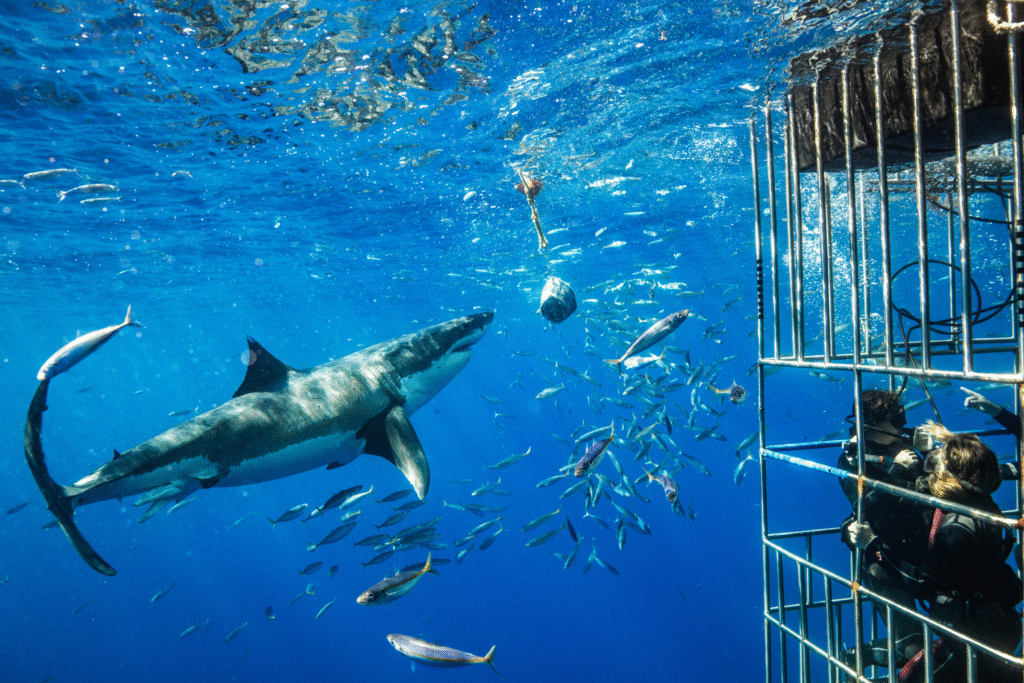
South Africa has long been one of the world’s busiest shark-diving destinations. But after years of near misses and global coverage of Guadalupe’s incidents, authorities stepped in with stricter rules. The Department of Forestry, Fisheries and the Environment created a Code of Conduct requiring reinforced cages, baiting restrictions, and trained staff. Operators now highlight that no shark-related injuries to tourists have been reported since 2005.
That track record reassures many, but locals admit the pressure of international scrutiny forced their hand. It wasn’t enough to just run tours—companies had to prove they were safe and sustainable. Every rule written since then came from lessons learned the hard way.
5. In New Zealand, permits became the only way forward.
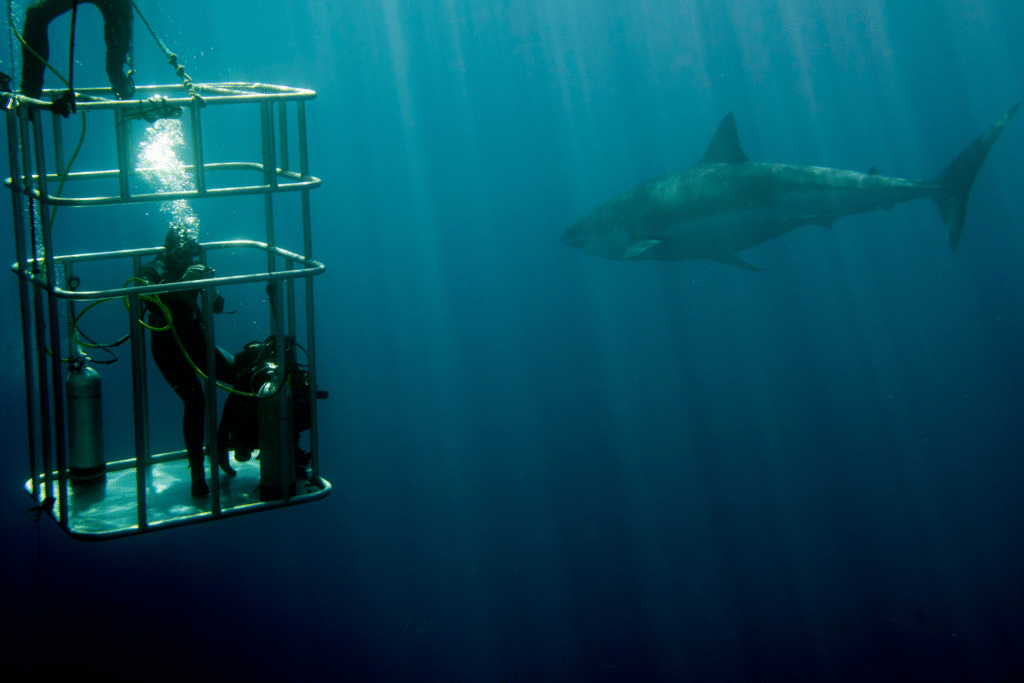
Further south, New Zealand faced its own debates. White shark tourism took off near Stewart Island, but public concern grew as locals worried about changing shark behavior. In response, the Department of Conservation made permits mandatory and introduced a national Code of Practice. Companies had to prove not only that their cages were safe but also that their practices didn’t encourage dangerous conditioning in sharks.
These measures calmed tensions and kept the industry alive. For divers, it meant confidence that operators were meeting higher standards. For communities, it meant reassurance that shark encounters wouldn’t spill over into fishing grounds or public beaches.
6. Conservationists pushed for better baiting practices.
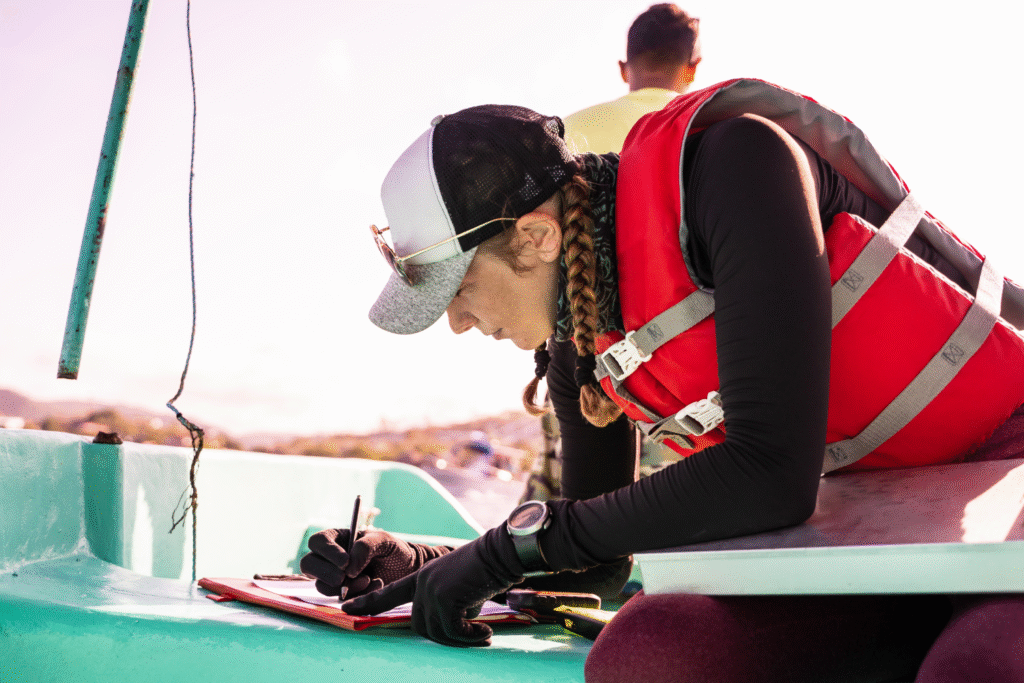
While cages make the headlines, the use of bait is where much of the risk begins. Conservation groups like WWF developed best-practice guidelines that called for scent trails instead of feeding, preventing sharks from associating boats with meals. Many operators adopted the shift, realizing safety depended on breaking that connection.
This change didn’t just protect divers. It also reduced unnecessary stress on sharks themselves, ensuring encounters were natural rather than conditioned. The broader message was clear—tourism had to balance thrill with responsibility, or else the risks would spiral out of control.
7. Cages themselves have evolved under pressure.
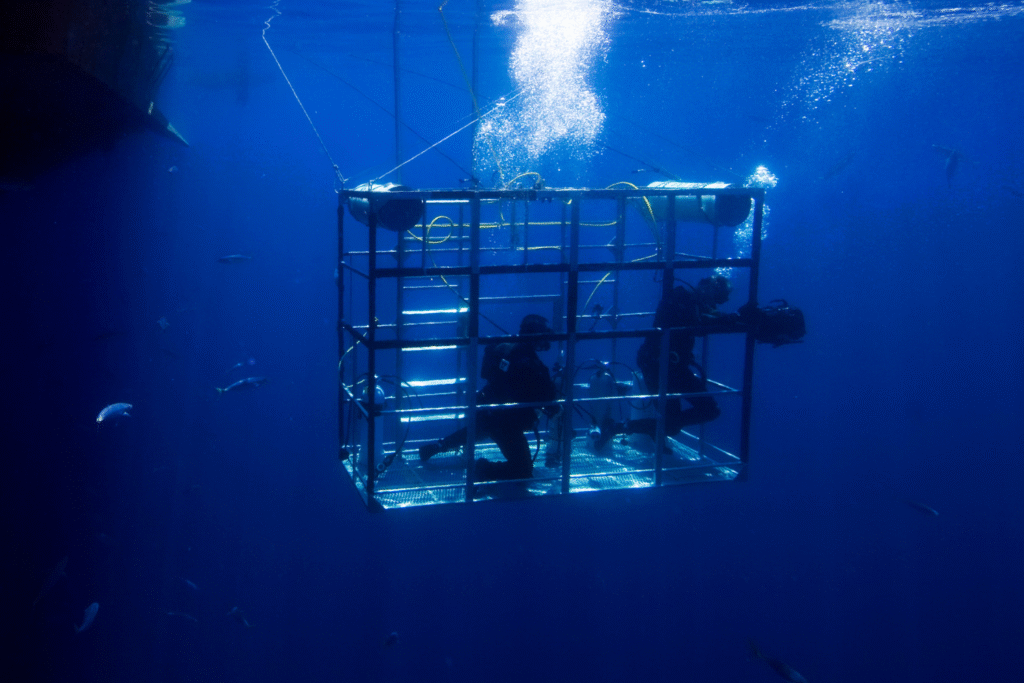
After high-profile breaches, companies began investing in stronger materials and constant inspections. Welds were reinforced, openings narrowed, and emergency exits for divers became standard. In places like Hawaii, operators proudly emphasize the engineering of their cages as much as the sharks that swim around them.
Even so, the upgrades are tested every season by the unpredictable. Sharks slam against bars, seas push cages against hulls, and stress builds with every contact. Divers step inside those structures trusting they’ll hold, but history shows that faith has been shaken before.
8. Shark attacks outside cages remain extremely rare.
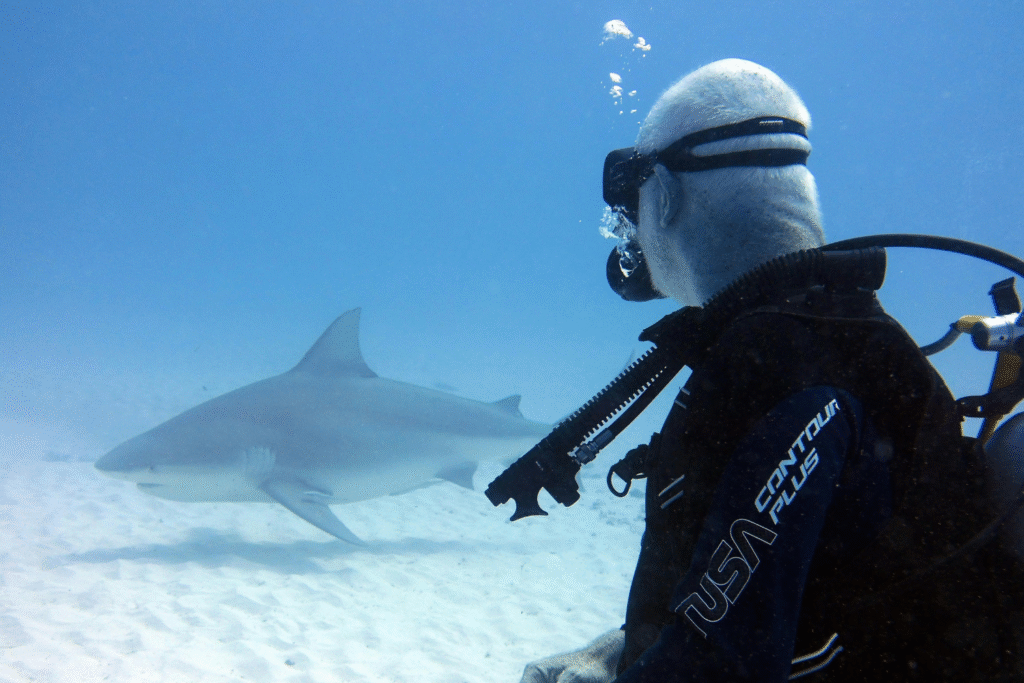
For perspective, global shark bite numbers are still low compared to human fears. In 2024, researchers confirmed just 47 unprovoked attacks worldwide, with seven fatalities. The year before, the count was 69 unprovoked attacks and 10 deaths. Florida remains the U.S. hotspot, with Volusia County leading in reports year after year.
Those numbers underline how unusual true danger is. The odds of being attacked by a shark remain slim, but when metal bars bend and the water erupts, those statistics offer little comfort to the divers inside. Rare doesn’t feel reassuring when it’s happening in front of your mask.
